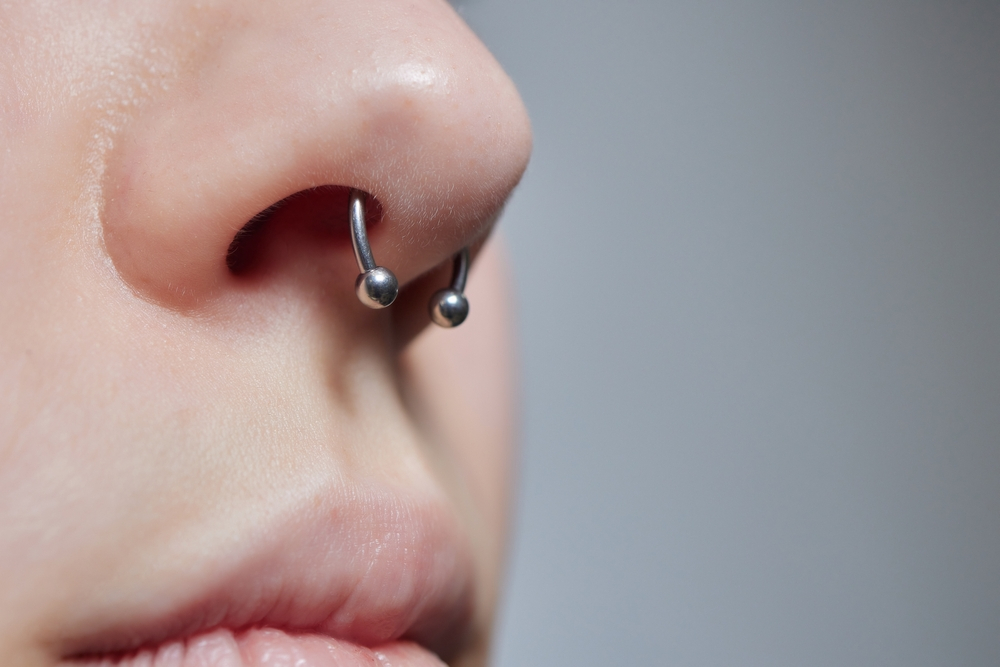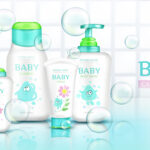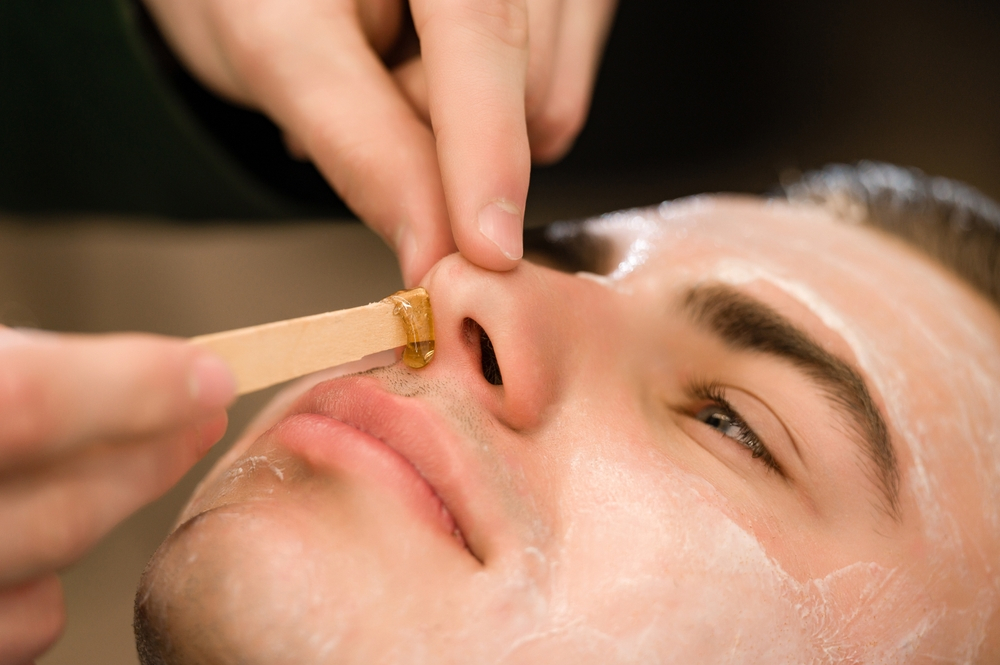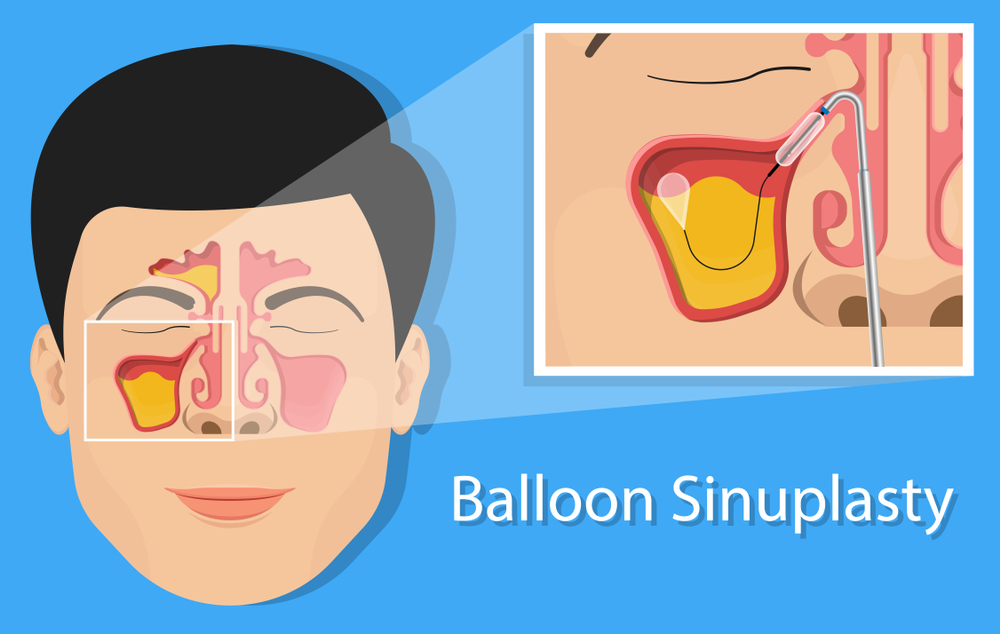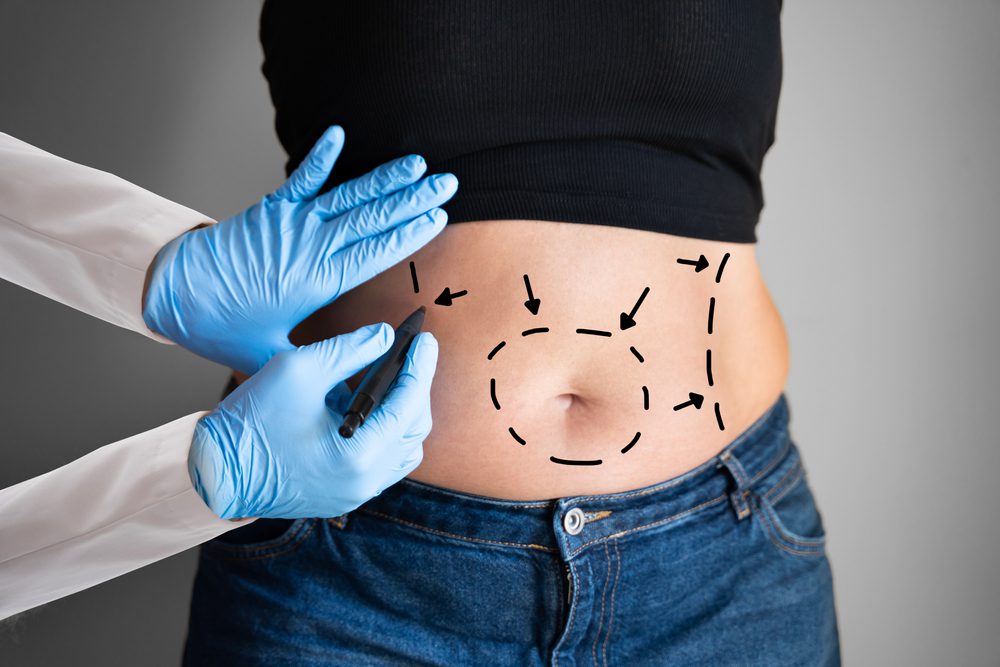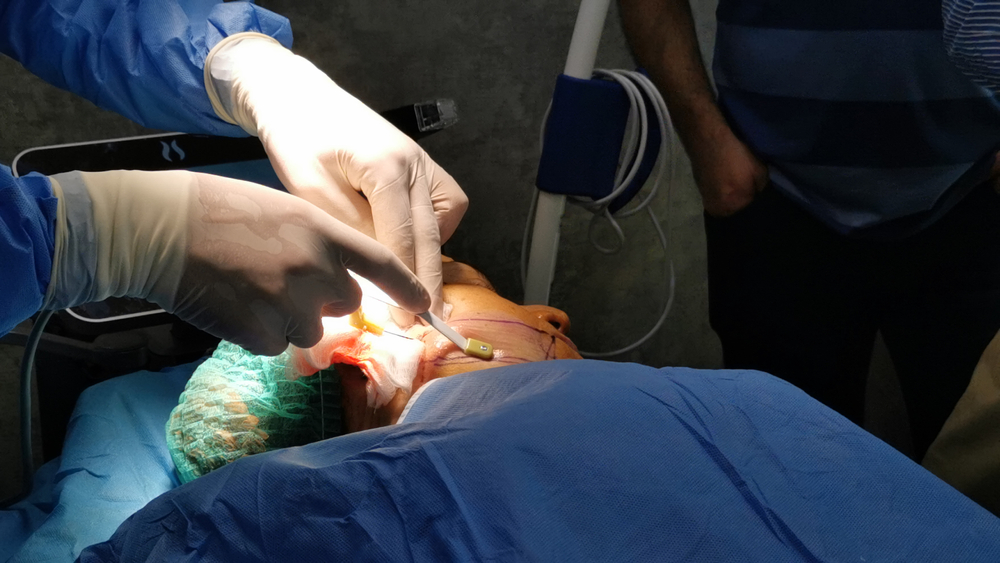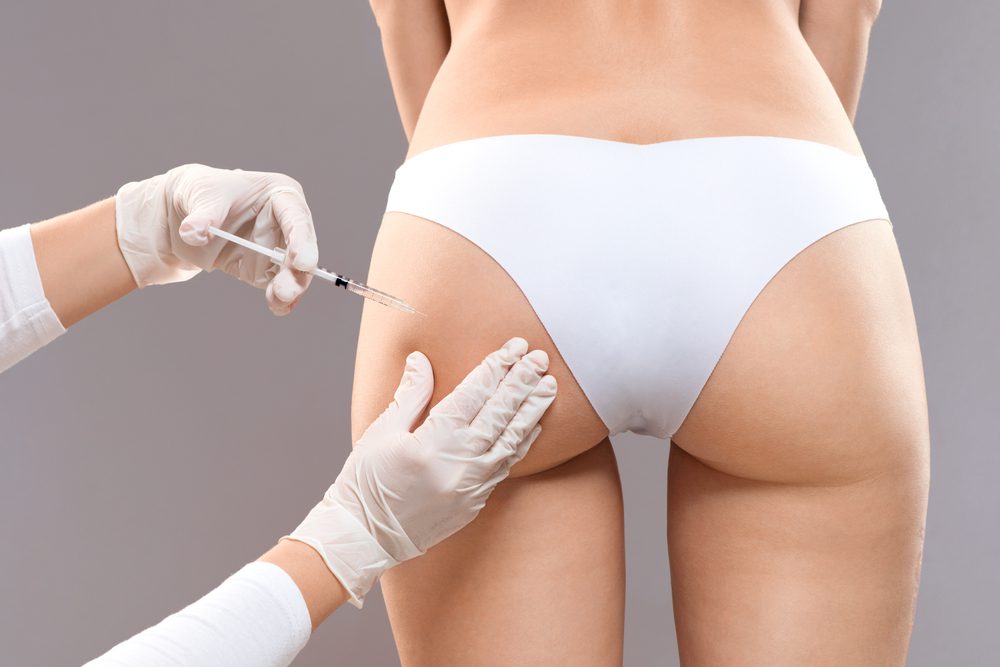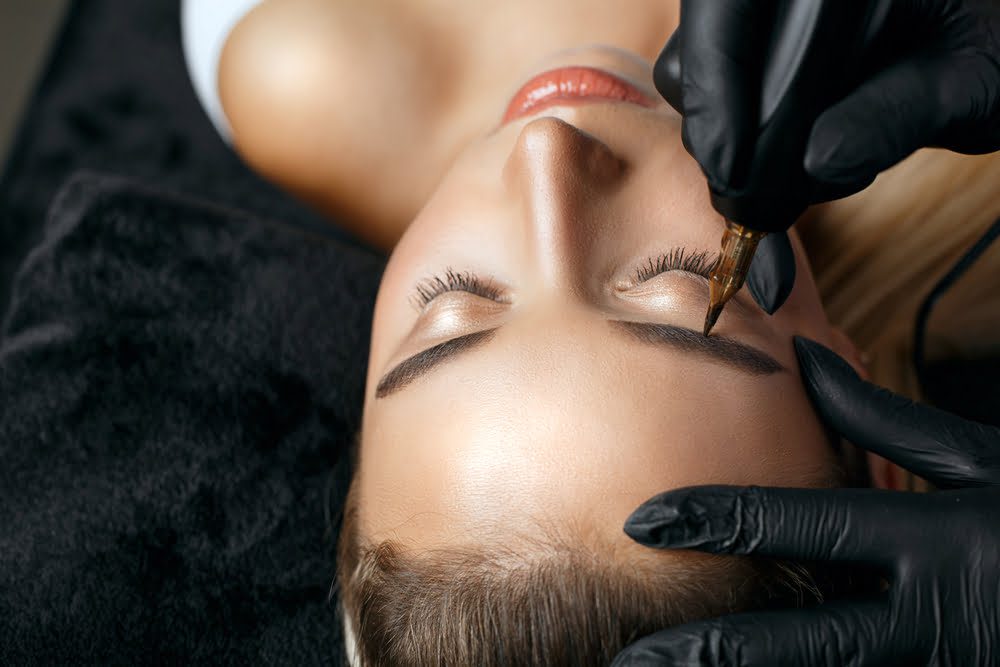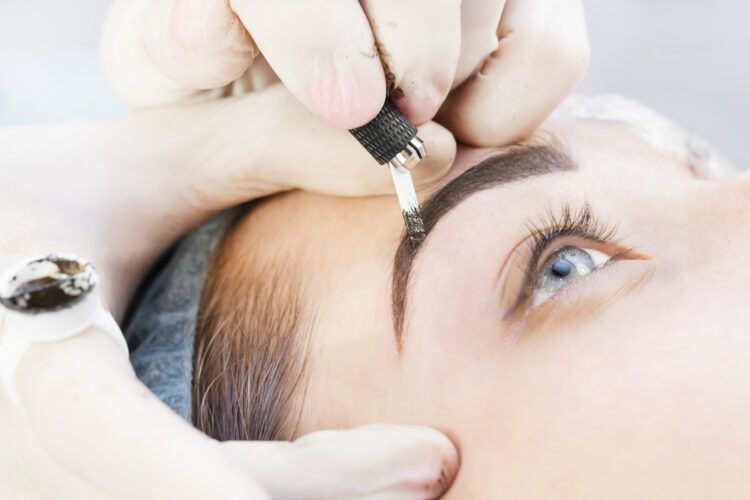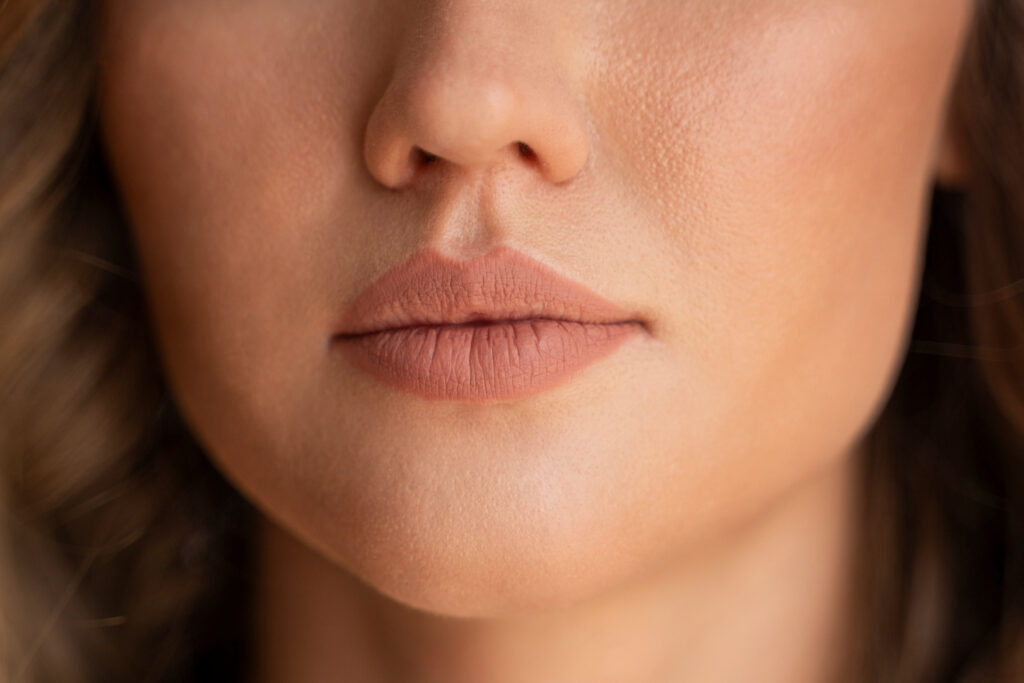Rhino piercing, also known as vertical nasal piercing, is an increasingly popular form of body modification. This type of piercing involves the insertion of a piece of jewellery vertically through the bridge of the nose, giving it a unique and edgy appearance.
While it may not be as mainstream as other nose piercings, such as nostril or septum piercings, rhino piercing has gained attention for its striking aesthetic. However, like any piercing, it comes with its own set of healing processes and potential drawbacks.
In this article, we will explore the healing journey of a rhino piercing, as well as its pros and cons, providing you with a comprehensive understanding of this intriguing form of body adornment.
What is the Procedure of Rhino Piercing?
1. Consultation and Preparation.
Before undergoing a rhino piercing, it is essential to schedule a consultation with a professional piercer. During this initial meeting, the piercer will assess your nasal anatomy, discuss your desired placement, and explain the procedure, risks, and aftercare instructions. This consultation serves as an opportunity to ask any questions you may have and ensure you are fully informed before proceeding.
2. Sterilization and Setup.
Once you have decided to proceed with the rhino piercing, the piercer will prepare the piercing area by sterilizing the tools, jewelry, and their hands. This step helps minimize the risk of infection and ensures a clean environment for the procedure. Sterile gloves, disposable needles, and fresh jewelry will be used to maintain hygiene standards.
3. Marking the Placement.
With your consent, the piercer will mark the desired placement of the rhino piercing on your nose using a surgical marker. They will consider factors such as your nasal anatomy, symmetry, and personal preferences when determining the exact spot for the piercing. This marking process allows you to visualize the placement and make any necessary adjustments before the actual piercing takes place.
4. Numbing and Piercing.
Depending on the piercer’s technique and your preference, a local anesthetic may be applied to numb the piercing area. This step aims to minimize discomfort during the procedure. Once the anesthesia has taken effect, the piercer will insert a sterilized hollow needle through the marked spot on your nose. The needle will pass through the bridge or tip vertically, creating a channel for the jewelry to be inserted.
5. Jewelry Insertion.
After the needle has been successfully inserted, the piercer will swiftly remove it while simultaneously inserting the chosen jewelry. Common jewelry options for rhino piercings include straight barbells, curved barbells, or studs. The piercer will carefully secure the jewelry in place, ensuring it fits comfortably and does not cause any undue pressure or irritation.
6. Aftercare Instructions.
Once the rhino piercing is complete, the piercer will provide you with detailed aftercare instructions. These instructions typically involve cleaning the piercing with a saline solution or a recommended piercing aftercare product, avoiding touching the piercing with dirty hands, and refraining from swimming or submerging the piercing in bodies of water until it has fully healed. The aftercare period is crucial for preventing infection and promoting proper healing.
| 💡 Tips Verywel Fit.com It is important to note that rhino piercings, like any body modification, carry some risks. These risks include infection, rejection, migration, and scarring. Therefore, it is essential to choose a reputable and professional piercer, follow their aftercare instructions diligently, and seek medical attention if any complications arise during the healing process. |
Rhino Piercing: Healing Procedure.
1. Preparation.
Before the rhino piercing healing procedure, it is important to ensure that the piercing area is clean and free from any infections or irritations. The piercer will wash their hands thoroughly and wear sterile gloves to minimize the risk of introducing bacteria.
2. Sterilization.
All piercing tools, including needles, jewelry, and clamps, should be sterilized using an autoclave or another suitable method. This step is crucial to prevent contamination and reduce the chances of infection during the healing process.
3. Marking.
The piercer will carefully mark the exact spot where the rhino piercing will be placed. This ensures accurate placement and enhances the overall aesthetics of the piercing.
4. Numbing.
Some individuals may prefer numbing the area before the procedure to minimize pain or discomfort. This can be done using a topical anesthetic or a cold spray, which temporarily numbs the skin.
5. Piercing.
The piercer will use a sterilized needle to create the rhino piercing. The needle is inserted through the marked spot, and the jewelry is immediately inserted. Once the jewelry is in place, the needle is removed, and the healing process begins.
6. Cleaning.
After the piercing, the piercer will provide detailed instructions on how to clean the rhino piercing to promote healing. Typically, a saline solution or a specialized piercing aftercare solution will be recommended. Cleaning should be done gently, twice a day, using a cotton swab or pad to remove any debris or crusting around the piercing.
7. Avoiding irritants.
It is advised to avoid irritants such as swimming pools, hot tubs, and excessive exposure to water or chemicals during the healing process. These substances can introduce bacteria or cause irritation, delaying the healing time.
8. Healing time.
The rhino piercing healing time can vary from person to person but generally takes anywhere from 6 to 12 weeks. During this period, it is important to be patient and follow the aftercare instructions diligently to ensure proper healing.
9. Signs of healing.
As the rhino piercing heals, the individual may experience reduced swelling, redness, and tenderness around the piercing site. It is normal to observe a clear or slightly yellowish discharge, which is a sign of the body’s natural healing process.
10. Potential complications.
While rhino piercings usually heal without complications, there are potential risks such as infection, rejection, migration, or scarring. It is crucial to monitor the piercing closely and seek professional advice if any concerns or complications arise.
11. Changing jewellery.
Once the rhino piercing is fully healed, individuals may choose to change their jewelry. It is essential to ensure the new jewelry is clean and properly sterilized before insertion to prevent any risk of infection.
12. Long-term care.
Even after the rhino piercing has healed, it is important to continue maintaining good hygiene and periodically clean the piercing area. Regular check-ups with a professional piercer or a healthcare provider can help identify any potential issues and ensure the long-term health of the piercing.
Rhino Piercing: Pros.
1. Unique and Stylish.
Rhino piercing offers a distinct and unconventional aesthetic that sets it apart from traditional nostril or septum piercings. Its vertical orientation across the bridge of the nose adds an element of intrigue and originality to one’s appearance. It allows individuals to express their individuality and personal style in a bold and eye-catching way.
2. Versatility.
One of the advantages of rhino piercing is its versatility. The placement and size of the jewelry can be customized to suit individual preferences. Different styles of jewelry, such as studs, barbells, or hoops, can be used, allowing for further personalization. This versatility allows individuals to experiment with various jewelry options and change their look as desired.
3. Minimal Interference.
Unlike certain facial piercings that may obstruct vision or interfere with daily activities, rhino piercing typically does not cause significant disruption. Due to its placement on the bridge of the nose, it rarely obstructs the wearer’s field of vision or hinders activities such as eating, speaking, or playing sports. This makes it a practical option for those seeking a facial piercing without compromising functionality.
4. Potential for Reduced Healing Time.
While healing time varies from person to person, rhino piercing has the potential for a comparatively shorter healing process. Since the piercing is located on a relatively thin piece of tissue, it may heal faster than other piercings that involve thicker areas of cartilage. However, it is important to note that proper aftercare and hygiene practices are still crucial to ensure a successful healing process.
5. Less Pronounced Pain.
Some individuals may find the pain associated with rhino piercing to be more tolerable than other facial piercings. This is due to the fact that the bridge of the nose typically has fewer nerve endings compared to areas like the septum or nostril. While pain tolerance varies among individuals, many find rhino piercing to be a less intense experience.
6. Potential for Reduced Migration and Rejection.
Rhino piercing has a relatively low risk of migration and rejection. Due to the bridge of the nose being a stable and rigid area, the chances of the jewelry migrating or being rejected by the body are generally lower compared to piercings in more mobile areas like the lip or eyebrow. This stability increases the likelihood of long-term success and enjoyment of the piercing.
| 💡 Tips Verywel Fit.com Rhino piercing offers a range of pros that make it an attractive choice for individuals seeking a unique and stylish form of body adornment. Its versatility, minimal interference, potential for reduced healing time, less pronounced pain, and lower risk of migration or rejection all contribute to its appeal. However, it is essential to consult with a professional piercer and adhere to proper aftercare instructions to ensure the best possible experience and outcome. |
Rhino Piercing: Cons.
1. Pain and Discomfort.
One of the major drawbacks of getting a rhino piercing is the pain and discomfort experienced during the piercing process itself. The sensitive nature of the area being pierced can make the procedure quite uncomfortable, and the pain may persist for a few days or even weeks as the piercing heals.
2. Risk of Infection.
Like any other type of body piercing, rhino piercings also carry the risk of infection. The piercing creates an open wound, making it susceptible to bacteria and other harmful microorganisms. If proper aftercare is not followed diligently, there is a higher chance of developing an infection, which can lead to complications and even require medical intervention.
3. Healing Time and Complications.
Rhino piercings can take a significant amount of time to heal completely, often ranging from 4 to 12 months. During this healing period, there is a possibility of various complications arising, such as migration (shifting of the piercing), rejection (when the body pushes the jewelry out), or hypertrophic scarring (excessive scar tissue formation). These complications can not only prolong the healing process but also require additional treatments or even removal of the piercing.
4. Interference with Daily Activities.
Another drawback of rhino piercings is that they can interfere with various daily activities. For example, wearing certain types of clothing, like tight shirts or turtlenecks, can cause discomfort and irritate the piercing. Additionally, activities like swimming, contact sports, or even sleeping on the pierced side may need to be avoided or modified to prevent complications or damage to the piercing.
5. Potential Damage to Teeth and Gums.
Depending on the placement of the rhino piercing, there is a risk of damage to teeth and gums. The jewelry can come into contact with the teeth while eating or speaking, leading to enamel erosion, chipping, or even tooth fractures. Similarly, the constant presence of the jewelry in the mouth can irritate and damage the gums, potentially causing gum recession or periodontal disease.
6. Professional Limitations.
It’s important to consider the professional limitations that come with having a rhino piercing. Certain jobs and industries may have strict dress code policies that prohibit visible piercings, which can limit employment opportunities. Additionally, some professions, such as healthcare or food service, may require the removal of any facial piercings due to hygiene and safety concerns.
7. Long-Term Effects and Scarring.
While rhino piercings can be aesthetically pleasing, it’s essential to think about the long-term effects and potential scarring. Even if the piercing is removed in the future, there may still be visible scarring or discoloration on the nose. This permanent alteration to the skin’s appearance may not be desirable for everyone.
8. Allergic Reactions.
Some individuals may experience allergic reactions to the metal used in rhino piercing jewelry, especially if they have sensitivities or allergies to certain metals like nickel. These reactions can manifest as redness, itching, swelling, or even more severe symptoms like skin rashes or infections. It’s crucial to choose hypoallergenic materials and consult with a professional piercer to minimize the risk of allergic reactions.
| 💡 Tips Verywel Fit.com While rhino piercings can be a unique and visually appealing form of self-expression, they come with various cons that should be carefully considered before deciding to get one. It’s essential to weigh the potential risks, discomfort, long-term effects, and professional limitations associated with rhino piercings to make an informed decision. |
How much does a Rhino Piercing cost?
The cost of a Rhino Piercing can vary depending on several factors. Typically, the price ranges from $50 to $100, but it can be higher or lower depending on the location, reputation and experience of the piercing artist, and the jewelry used.
In some cases, the price might include the initial piercing and the jewelry, while in others, the jewelry might be purchased separately. It is crucial to choose a reputable and professional piercer who follows proper hygiene and safety standards to ensure a successful and safe piercing experience.
Additionally, investing in high-quality jewelry can contribute to the overall cost but is essential for minimizing potential complications and promoting proper healing.
Bottom Line.
The rhino piercing is a unique and bold form of body modification that has gained popularity in recent years. While it may not be suitable for everyone, those who choose to get a rhino piercing often do so as a form of self-expression and to enhance their personal style. With proper care and attention, this piercing can be a stunning addition to one’s appearance. However, it is essential to consult with a professional piercer and consider the potential risks and aftercare requirements before deciding to get a rhino piercing.
How we reviewed this article:
Our team of experts is always monitoring the health and wellness field, ensuring that our articles are updated promptly as new information emerges. See Our Editorial Process
May 13, 2025
Written By: Gabrielle Richens
Reviewed By: Precious-Rutlin
Written By: Gabrielle Richens
Reviewed By: Precious-Rutlin

 Workout
Workout
 Meditation
Meditation





 Contact Us
Contact Us



